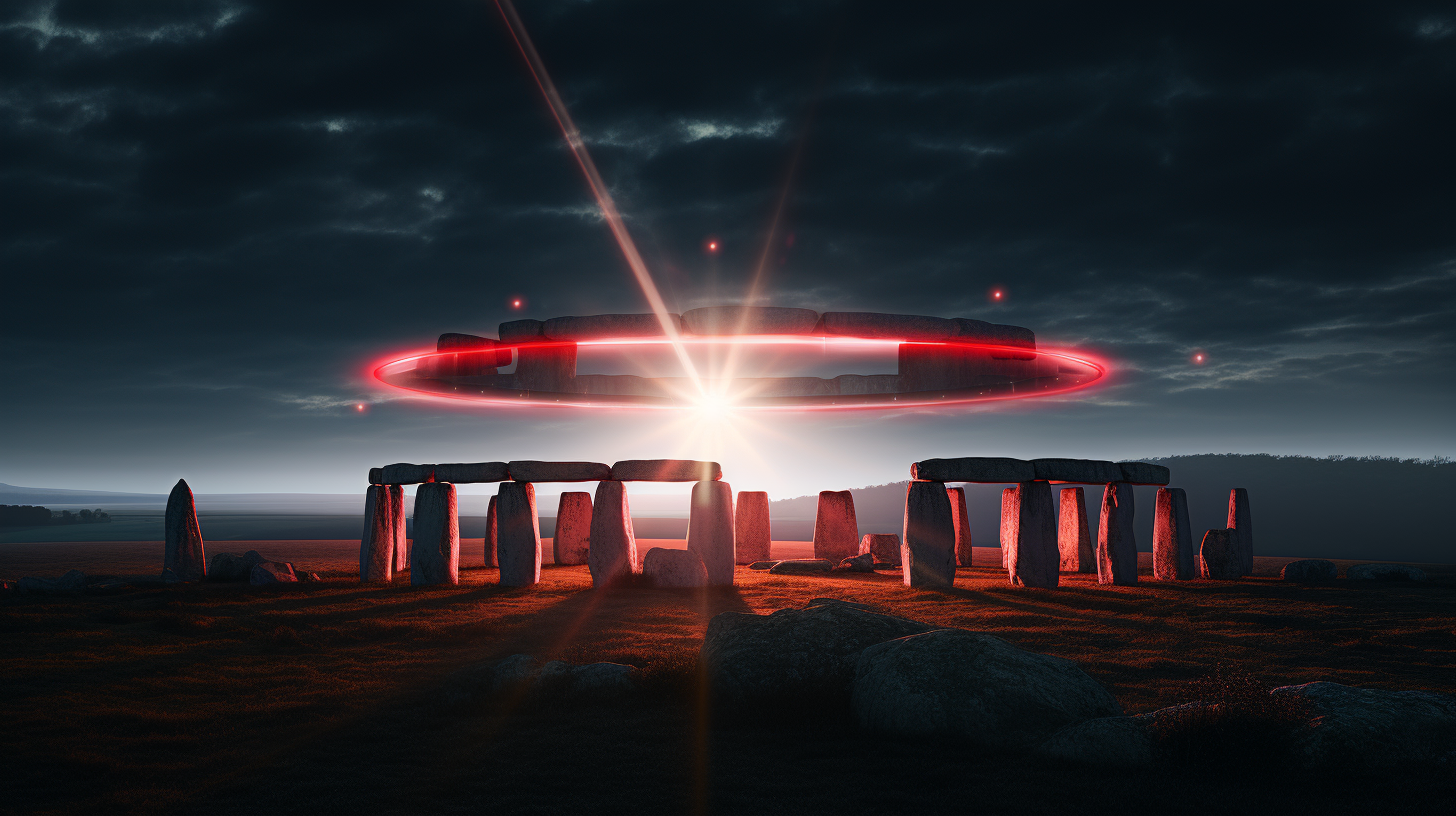Perched atop Salisbury Plain in Wiltshire, England, Stonehenge stands as a timeless enigma, capturing the essence of an ancient world. Its construction dating back to around 3100 BC has captivated generations with its mystique. What often escapes notice, however, is the sprawling graveyard encircling Stonehenge, yielding thousands of ancient skeletons. These remnants unveil a myriad of afflictions, from mundane injuries to profound maladies. Yet, the underlying narrative of these ailments and the potential healing aspect of Stonehenge in ancient epochs beckon further exploration.
While it might be tempting to attribute these afflictions to primitive medical conditions of the era, archaeologists propose a more nuanced perspective.
In a groundbreaking revelation in 2008, a cluster of skeletons unearthed in the vicinity unveiled an intriguing narrative. Remarkably, half of these skeletons hailed from distant lands, evoking the question of why these individuals journeyed to Stonehenge. Some scholars posit that Stonehenge could have served as a sanctuary for healing, reminiscent of a sacred site dedicated to well-being.

The notion of ancient pilgrims seeking remedy at Stonehenge sparks curiosity. What instilled the belief that this enigmatic monument harbored healing potential? Some argue that the answer lies within the stones themselves, particularly the enigmatic bluestones.
Timothy, a Stonehenge connoisseur, elaborates that while the exterior structure relies on local stones, the inner sanctum comprises the mystical bluestones. Renowned for their blue-green hue and distinctive markings, these stones allude to potential healing attributes. Scientific analysis traces their origins to the Preseli Hills in southwest Wales, nearly 140 miles away.
The allure of the bluestones stems from their historical reputation in healing practices. Lore implies that water combined with these stones held remedial properties. Stonehenge could have been a convergence point where belief and the mystique of the bluestones converged to cultivate healthcare.
However, it’s crucial to acknowledge the disparity between ancient healing modalities and contemporary medicine. Healing doctrines of yore were steeped in belief and spirituality. Stonehenge embodied a paradigm where faith in the bluestones’ healing prowess formed the cornerstone of well-being.
Kathleen, another authority on the subject, illuminates the intrinsic bond between ancient civilizations, particularly in Britain, and their reverence for nature’s prowess. Stonehenge, with its stately stones, might have been perceived as a reservoir of vitality capable of aiding those in pursuit of healing.
In essence, while Stonehenge’s ultimate purpose cloaks in enigma, indications suggest it functioned as a sanctuary of healing and devotion in ancient times. The bluestones, steeped in historical significance, hint at an inseparable link between Stonehenge and the quest for holistic well-being in antiquity. Regardless of the specifics, Stonehenge endures as an emblem of fascination and curiosity, beckoning us to delve into the mysteries navigating our ancient heritage.
